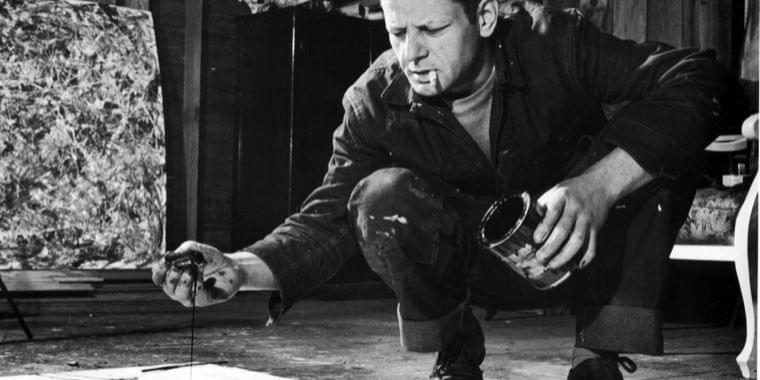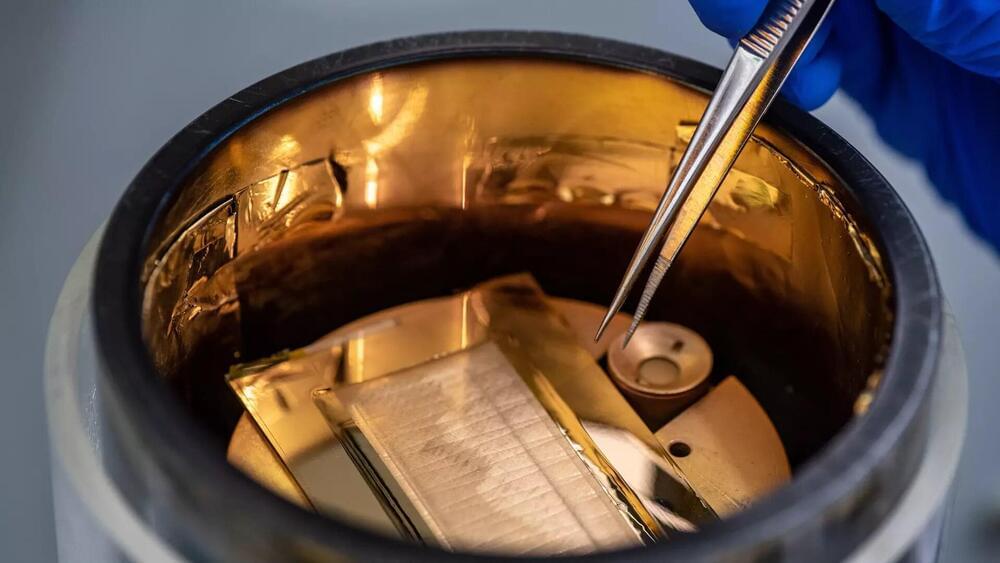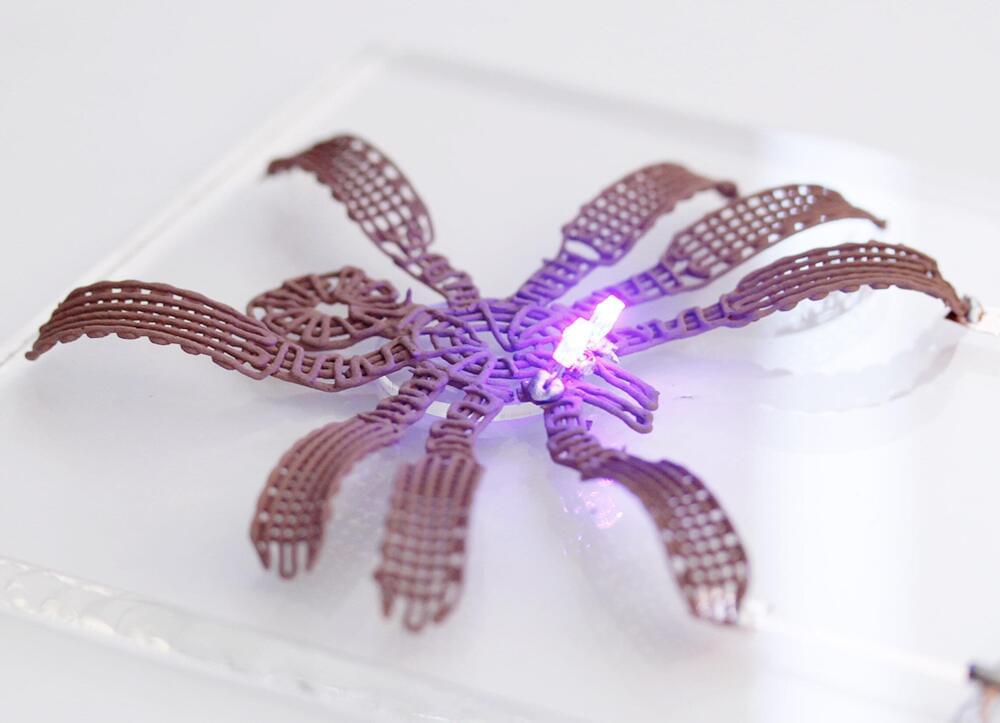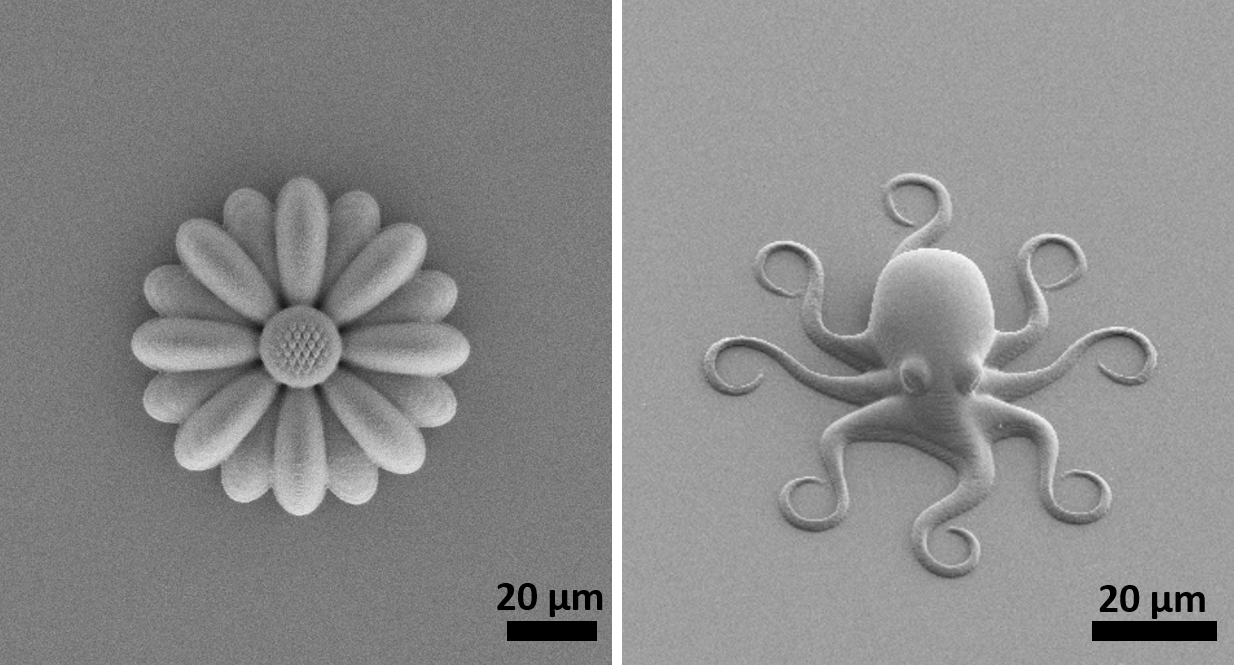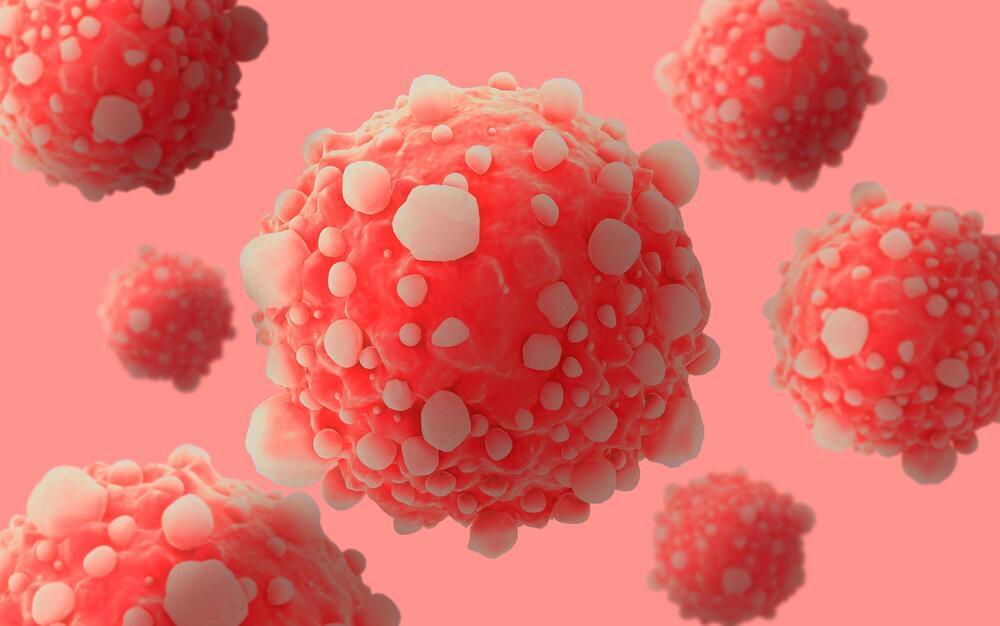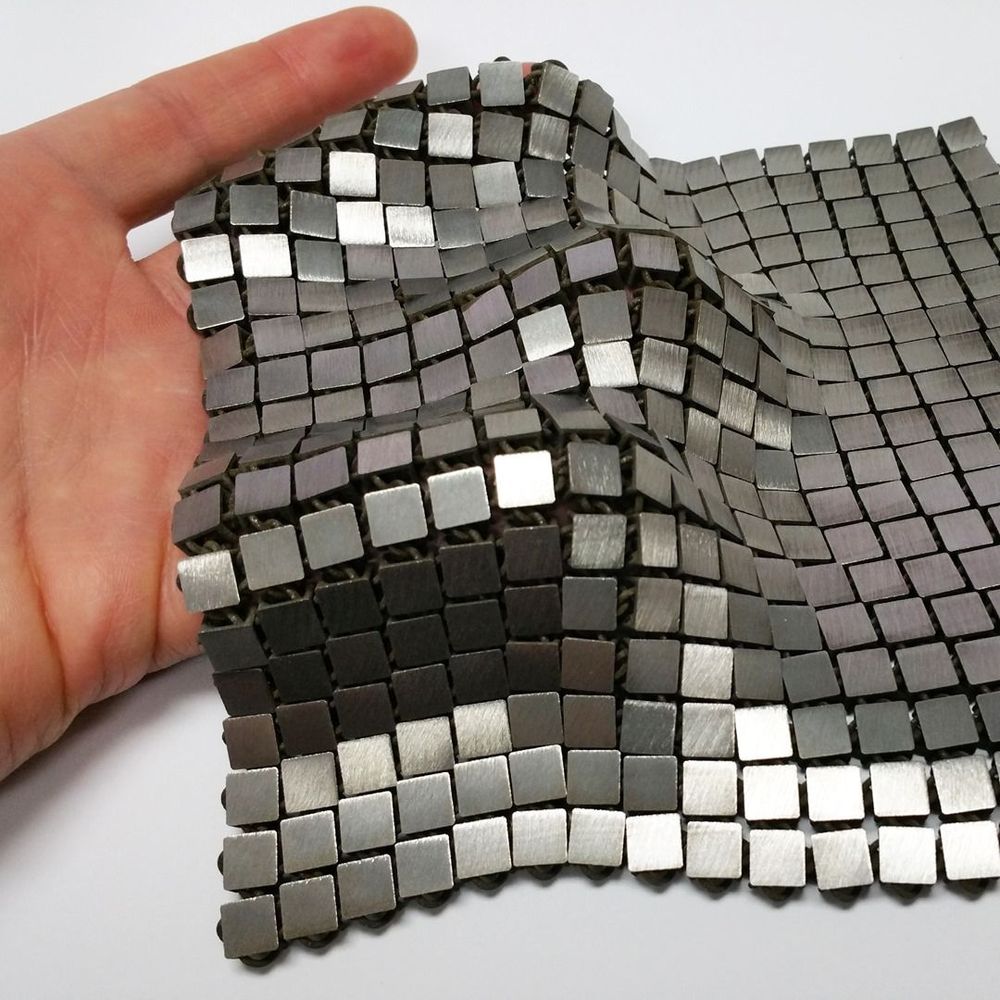Discover the revolutionary world of 4D printing technology and its potential to transform industries with self-adaptive, intelligent materials.
Category: 4D printing
If you’ve ever drizzled honey on a piece of toast, you’ve noticed how the amber liquid folds and coils in on itself as it hits the toast. The same thing can happen with 3D and 4D printing if the print nozzle is too far from the printing substrate. Harvard scientists have taken a page from the innovative methods of abstract expressionist artist Jackson Pollock —aka the “splatter master”—to exploit the underlying physics rather than try to control it to significantly speed up the process, according to a new paper published in the journal Soft Matter. With the help of machine learning, the authors were able to decorate a cookie with chocolate syrup to demonstrate the viability of their new approach.
As reported previously, Pollock early on employed a “flying filament” or “flying catenary” technique before he perfected his dripping methods. The paint forms various viscous filaments that are thrown against a vertical canvas. The dripping technique involved laying a canvas flat on the floor and then pouring paint on top of it. Sometimes, he poured it directly from a can; sometimes he used a stick, knife, or brush; and sometimes he used a syringe. The artist usually “rhythmically” moved around the canvas as he worked. His style has long fascinated physicists, as evidenced by the controversy surrounding the question of whether or not Pollock’s paintings show evidence of fractal patterns.
Back in 2011, Harvard mathematician Lakshminarayanan Mahadevan collaborated with art historian Claude Cernuschi on an article for Physics Today examining Pollock’s use of a “coiling instability” in his paintings. The study mathematically describes how a viscous fluid folds onto itself like a coiling rope—just like pouring cold maple syrup on pancakes.
Specific nerves may be stimulated artificially, for example to treat pain. The finer the nerves, the more difficult it is to attach the required electrodes. Researchers at the Technical University of Munich (TUM) and NTT Research have now developed flexible electrodes produced with 4D printing technology. On contact with moisture, they automatically fold and wrap themselves around thin nerves. The study is published in the journal Advanced Materials.
The nervous system controls our movements through electrical impulses. These pass from nerve cell to nerve cell until finally, for example, a muscle contraction is triggered. Nerve cells can also be stimulated artificially, triggering the nerves with current pulses via acutely applied or implanted electrodes. Peripheral nerve stimulation is used, for example, to treat chronic pain or sleep apnea.
Furthermore, there are clinical applications for stimulating the vagus nerve to treat for depression and epilepsy. With a diameter of several millimeters, this nerve is relatively thick.
Researchers have developed a metallic gel that is highly electrically conductive and can be used to print three-dimensional (3D) solid objects at room temperature. The paper, “Metallic Gels for Conductive 3D and 4D Printing,” has been published in the journal Matter.
“3D printing has revolutionized manufacturing, but we’re not aware of previous technologies that allowed you to print 3D metal objects at room temperature in a single step,” says Michael Dickey, co-corresponding author of a paper on the work and the Camille & Henry Dreyfus Professor of Chemical and Biomolecular Engineering at North Carolina State University. “This opens the door to manufacturing a wide range of electronic components and devices.”
To create the metallic gel, the researchers start with a solution of micron-scale copper particles suspended in water. The researchers then add a small amount of an indium-gallium alloy that is liquid metal at room temperature. The resulting mixture is then stirred together.
Objects that can transform themselves after they’ve been built could have a host of useful applications in everything from robotics to biomedicine. A new technique that combines 3D printing and an ink with dynamic chemical bonds can create microscale structures of alterable sizes and properties.
Nina Notman learns how 4D printing is opening the door to unique smart materials whose applications may only be limited by our imaginations.
Smart materials are already part of our daily lives. From novelty mugs with thermochromic pigments that change colour when holding a hot drink, to photochromic prescription glasses’ lenses that darken when the sun is out, to hydrogels that expand to soak up liquid in disposable nappies and period products. But these are only the tip of the iceberg in terms of what smart materials – that can sense information about the environment around them and then act accordingly – are predicted to achieve in the future.
According to a recent Royal Society report, smart materials on the way include window glass that changes porosity in response to humidity, clothing that adapts to environmental conditions and self-healing concretes. ‘Animate materials could eventually have a transformative effect on all spheres of life,’ the report authors wrote.
Attackers could gain access to printers and manipulate designs of parts such as aircraft propellers in ways that are difficult to detect.
4D printing works the same as 3D printing, the only difference is that the printing material allows the object to change shape based on environmental factors.
In this case, the bots’ hydrogel material allows them to morph into different shapes when they encounter a change in pH levels — and cancer cells, as it happens, are usually more acidic than normal cells.
The microrobots were then placed in an iron oxide solution, to give them a magnetic charge.
This combination of shape-shifting and magnetism means the bots could become assassins for cancer — destroying tumors without the usual collateral damage on the rest of the body.
Full Story:
A school of fish-y microbots could one day swim through your veins and deliver medicine to precise locations in your body — and cancer patients may be the first people to benefit from this revolution in nanotechnology.
No, it’s not from a science fiction movie or from an episode of a popular kid’s television show. It’s real life. Researchers, in a proof-of-concept study, have made fish-shaped microrobots that are guided with magnets to cancer cells, where a pH change triggers them to open their mouths and release their chemotherapy cargo.
Scientists have previously made microscale (smaller than 100 µm) robots that can manipulate tiny objects, but most can’t change their shapes to perform complex tasks, such as releasing drugs. Some groups have made 4D-printed objects (3D-printed devices that change shape in response to certain stimuli), but they typically perform only simple actions, and their motion can’t be controlled remotely.
In a step toward biomedical applications for these devices, Jiawen Li, Li Zhang, Dong Wu and colleagues wanted to develop shape-morphing microrobots that could be guided by magnets to specific sites to deliver treatments. Because tumors exist in acidic microenvironments, the team decided to make the microrobots change shape in response to lowered pH.
What is 4D Printing?
Posted in 4D printing

